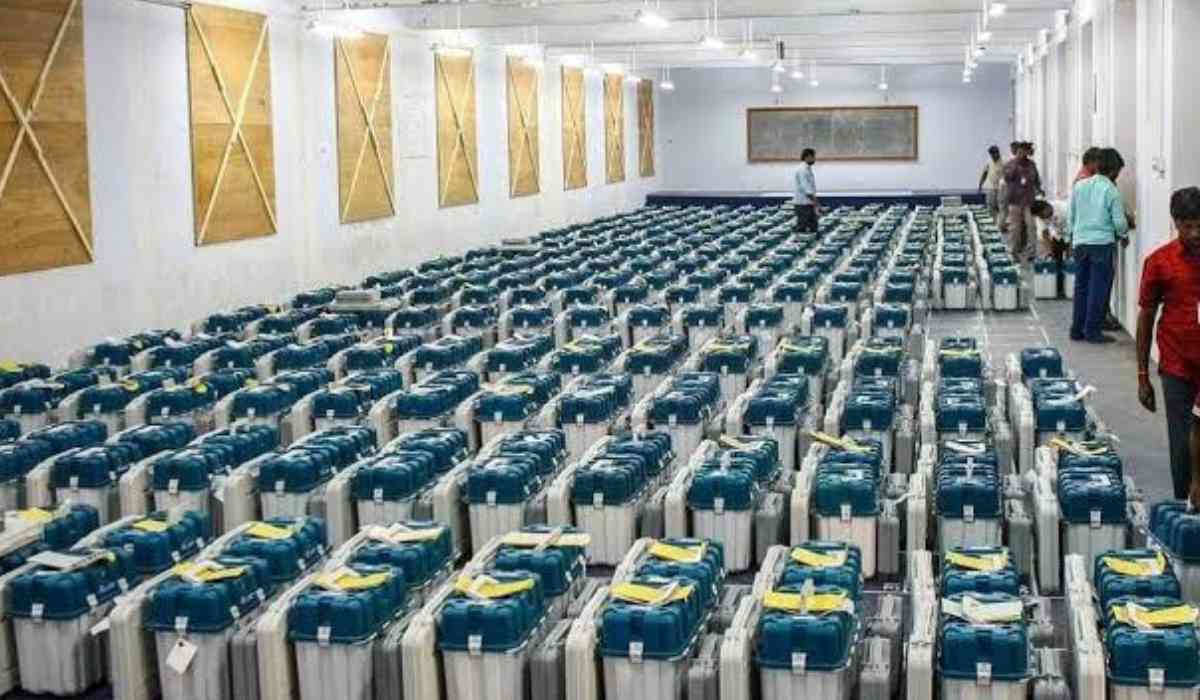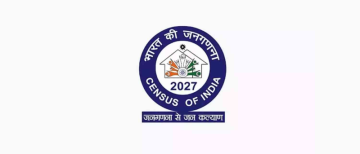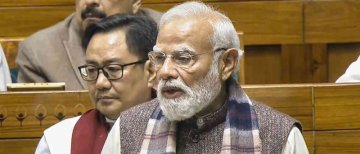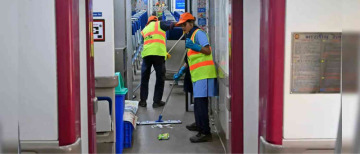Who would have thought on the day of 15 August 1947, when India became an independent nation that one day it will be the largest democracy in the world. Democracy is for the elite advanced capitalist countries they said, however India being a poor and Illiterate nation in its initial days of Independence didn’t lose hope of seeing India prosper as a democracy giving equal right to vote to everyone.
Elections have always been a huge deal in India, people and politicians call it a ‘Festival’, as people elect their representatives they prefer through their votes directly. The Election Commission has a huge responsibility to ensure that these elections are free and fair and there is no illicit practice of Money Power and corrupt practices that would harm India.
During India's first general elections in 1951-1952, based on Universal Adult Franchise, the polls were organised for an electorate of 175 million people, over 80% of whom were illiterate, spread across vast terrains. The voting was done through Ballot papers. With technological advancement and with a motive to extend the scale of elections, India made a significant shift from Ballots to EVMs in the 2004 general elections.
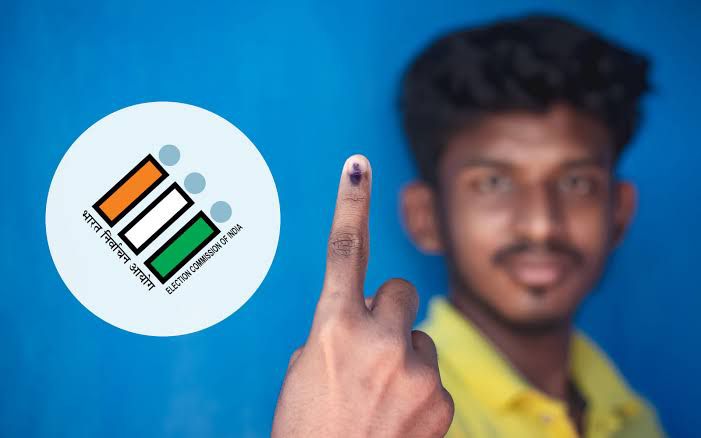
Now when India goes for its General Elections 2024 in a phased manner, to decide the future of Indian democracy, it will be interesting to look into the shift of the Indian voting system from Ballots to Buttons.
Also Read: Lok Sabha Election 2024 Phase 1 Updates: 60.03% voter turnou (vygrnews.com)
Ballot boxes were used for collecting votes directly from voters at the polling booths. From our 1st general election in 1951-52, where the Indian national congress was elected to 1999, where BJP secured a victory, ballots were widely used, however India transitioned from paper ballots to electronic voting machines in the 1990s due to the vast scale of elections and concerns about election-related crimes.
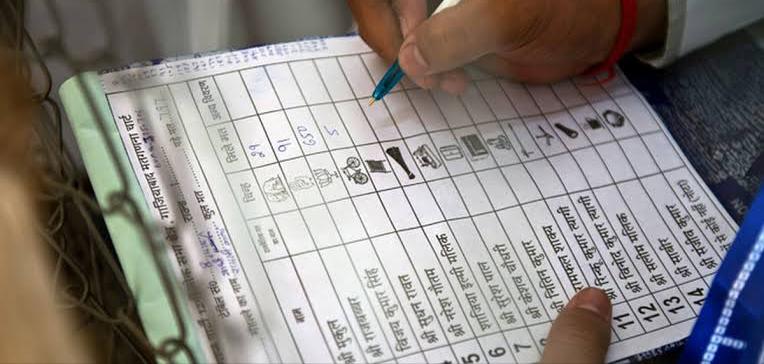
Here’s how ballot boxes voting was done: They are like a form with candidates names running for elections listed, it is filled out by voters to exercise their voting rights, they cross around a box near their preferred candidate to cast the vote.
At the polling booth, Just like voting through EVMs, verification and confirmation of eligible voters is done to avoid any voting in the name of fake voters, this is the responsibility of election officials. They cross-check the personal IDs of voters with the names mentioned in the electoral roll of that constituency. After the confirmation, voters then receive election documents and a Ballot Paper for voting in secret manner. Properly completed ballots were then placed into sealed and locked ballot boxes until the counting process started, ensuring the integrity of the votes. Following the end of voting, the ballot boxes were opened and ballots were counted according to legal procedures. Traditionally, these were paper ballots, but they can also be created and used digitally or with voting machines.
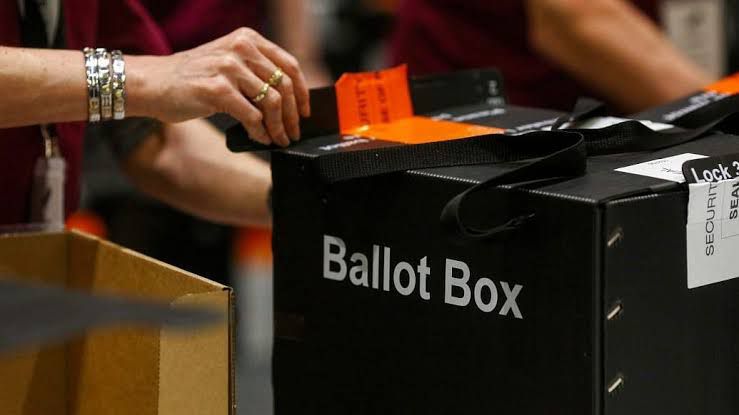
The Presidential elections in India which are ‘indirect elections’ with a system of proportional representation, are still held through secret ballots.
The Introductory Phase:
In 1977, the concept of the Electronic Voting Machine (EVM) emerged when Chief Election Commissioner Sham Lal Shakdher tasked ECIL to create a prototype. By 1979, ECIL, a PSU under the Department of Atomic Energy, Hyderabad, had developed the prototype. In 1980, the Electronic machines were demonstrated to political parties, followed by a demonstration to the media in 1981.
Following a widespread agreement on implementing EVMs, the Election Commission (EC) issued directives under Article 324 of the Constitution for their adoption. On May 19, 1982, the machines were piloted in 50 polling stations during the election for the Paravur assembly seat in Kerala.
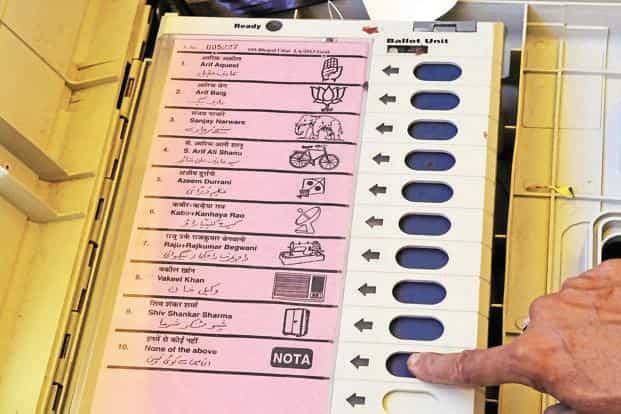
In 1984, the use of EVMs without specific legal provision was contested in the Supreme Court. The court refrained from commenting on the merits or drawbacks of EVMs but ruled that the Election Commission's directive on using machines to cast ballots exceeded its jurisdiction.
The victory of the candidate from the Paravur constituency, concerning the 50 polling stations where EVMs were employed, was nullified.
EVM authorised
In December 1988, the Representation of the People Act underwent an amendment, introducing a new section, 61A, granting the Election Commission the authority to utilise EVMs. This amendment became effective on March 15, 1989.
After Bharat Electronics Ltd (BEL) in Bengaluru, a PSU under defence ministry showcased an EVM prototype, it, along with ECIL, was selected to manufacture the machines.
In 1990, the government formed an Electoral Reforms Committee led by Dinesh Goswami, including members from national and state parties. They suggested EVM evaluation by technical experts, who unanimously approved their immediate adoption, confirming their technical reliability, security, and transparency.
Use of EVMs for the very first time in Indian Elections
By 1998, there was widespread agreement to use EVMs in Indian elections, leading to their introduction in 16 assembly constituencies across Madhya Pradesh, Rajasthan, and Delhi.
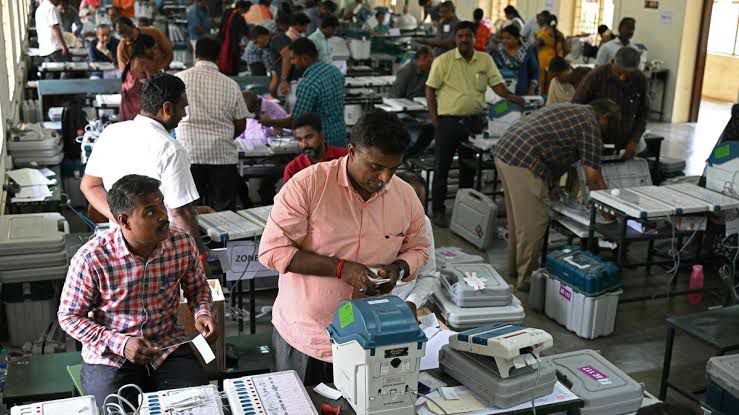
The use of EVMs expanded in 1999, with deployment in 46 parliamentary constituencies. Following this, in February 2000, EVMs were used in 45 assembly seats during the Haryana polls. Since then, EVMs have been used in all assembly elections.
Introduction in Lok Sabha Elections 2004
During the 2004’s 14th Lok Sabha elections, where congress secured victory and Manmohan Singh was elected as the Prime Minister, the EVMs were utilised in all 543 constituencies, replacing the traditional method of using ballot papers. The elections were made fully electronic by employing 1.075 million EVMs. This transition represented a major shift in the electoral process.
Improvements in the EVMs were made in the EVMs in 2001 and the machines were further upgraded in 2006.
- Pre-2006 era EVMs- known as 'M1 EVMs',
- 2006 to 2010 EVMs - Known as 'M2 EVMs'.
- 2013- present- are known as 'M3 EVMs', the most recent one.
How do EVMs work?
An EVM consists of two units: the control unit and the balloting unit, connected by a cable. The control unit, held by the presiding officer, manages the voting process, while the balloting unit, placed in the voting compartment, allows voters to cast their votes privately.
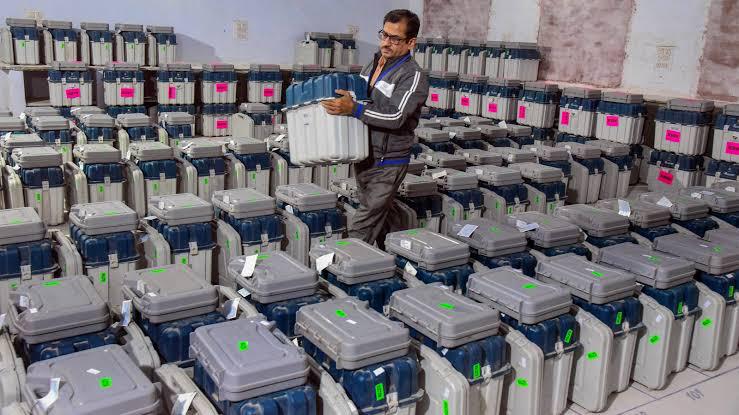
The poll workers at the voting booth activates the red "busy" light by pressing the "ballot" button on the control unit after confirming the voter's identity. The balloting equipment simultaneously displays a green signal to signify that it is ready for voting. Voters press the button next to the name of the candidate of their choice on the balloting device. In order to make elections inclusive, it also provides Braille for voters who are blind. The control device sounds a beep to indicate that a vote has been cast. Additionally, it has an LED panel that shows the overall number of votes cast. The poll worker seals the machine by pushing a button on the side of the control unit after every vote has been cast. The candidates' cumulative number of votes is displayed on the counting day via the ‘result' button on the control unit, while a 'clear' button erases all data.
Introduction of VVPAT
In 2013, amendments to the Conduct of Election Rules, 1961 introduced Voter Verifiable Paper Audit Trail (VVPAT) machines to enhance transparency and verifiability in the polling process. However, the Supreme Court stated they should be implemented gradually and not with immediate action across the nation. The first use of VVPAT machines occurred during the by-election for the Noksen assembly seat in Nagaland. Each EVM consists of at least one ballot unit, one control unit, and one VVPAT.
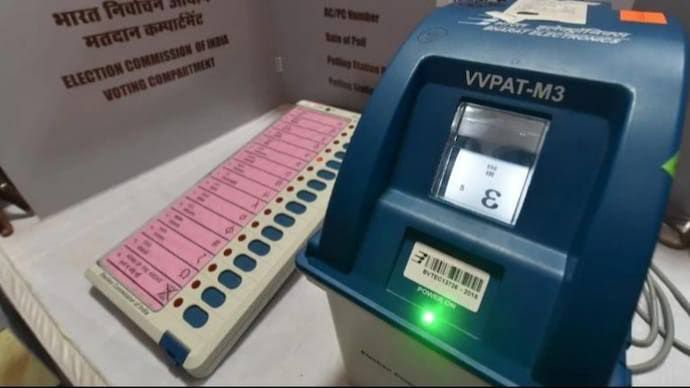
In an effort to increase transparency, VVPAT slips from five randomly chosen polling places per constituency are cross-checked with the EVM count as of 2019. As to the Election Commission's statement, no disparities have been found thus far.
Voters can validate their ballots through the Voter Verified Paper Audit Trail (VVPAT). After pushing the candidate's button, the VVPAT, which is connected to the control and balloting units, produces a paper slip that the voter may see for seven seconds. The slip is subsequently placed inside the VVPAT machine's dropbox. In each Assembly segment, votes from five VVPAT machines are now cross-checked with EVMs.
The Opposing parties have questioned the transparency and integrity of EVMs, making allegations of ‘EVM hackings’ to favour one party in the government, the criticism has gone to the extent that there are demands of returning to Ballots.
However, the government remains firm in its decision not to bring back the ballot system, justifying that EVMs have been used since 1982 and are legally sanctioned by provisions in the Representation of the People Act.
The Election Commissioners have also shown support to the EVMs, former CEC Sunil Arora expressed disappointment at the way EVMs are being used as a political tool by parties encountering electoral setbacks blaming EVMs for their loss.
He said, "It is not possible to manipulate EVMs. They are definitely foolproof as far as apprehensions of conspiracy and manipulation are concerned. But technical snags are possible as in case of any other device," he said.
The current Chief Election Commissioner (CEC) Rajiv Kumar, ensuring transparency of EVMs, stated that it is the responsibility of the poll panel to reassure political parties. He highlighted that over the years, EVMs have delivered results in favour of parties that have raised doubts about their reliability.
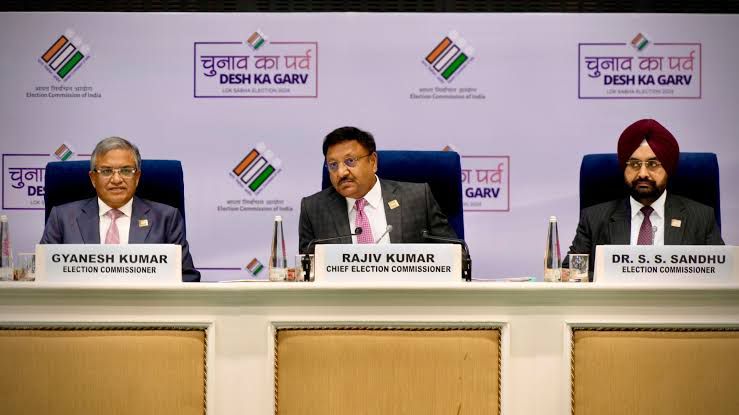
During the recent hearing of petitions in the Supreme Court before Justices Sanjiv Khanna and Dipankar Datta on April 18, the pleas advocated for implementing 100% cross-checking of VVPAT slips with EVM votes, maintaining the seven-second display light for verification, and providing paper slips to voters.
While hearing the petitions, when the Supreme court cross questioned the EC, the Election commission opposed these demands citing concerns about voter secrecy and potential misuse. Moreover, the EC's counsel said the petitioners' request for a return to ballot paper voting system is a "retrograde suggestion".
When a petitioner's counsel noted that many developed countries have abandoned the EVM voting system, the Supreme Court responded by, "Don't think that foreign countries are more advanced than India."
Also Read: There Has To Be Sanctity', SC tells ECI in VVPAT Case (vygrnews.com)
The Supreme Court rejected the petitioner's suggestion of reverting to ballot papers, highlighting that they have not forgotten the challenges ballot papers had previously for casting votes.
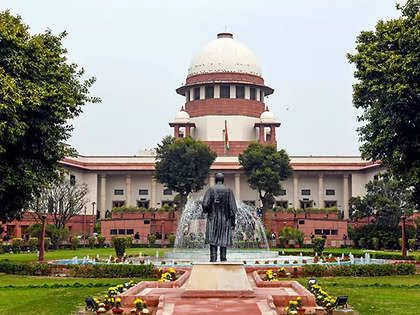
Overall, as technology progressed, the Election Commission aimed to modernise India's elections, especially given its large population of eligible voters. The introduction of EVMs was primarily to streamline the process, as traditional ballot box elections were environmentally taxing due to excessive paper usage and time-consuming manual vote counting, leading to delayed election results. The Supreme Court itself has restored its faith in EVMs which dismisses the idea of going back to ballots anytime soon.
Photo Credit: Multiple Agencies
(Inputs from Various Agencies)
©️ Copyright 2024. All Rights Reserved Powered by Vygr Media.

